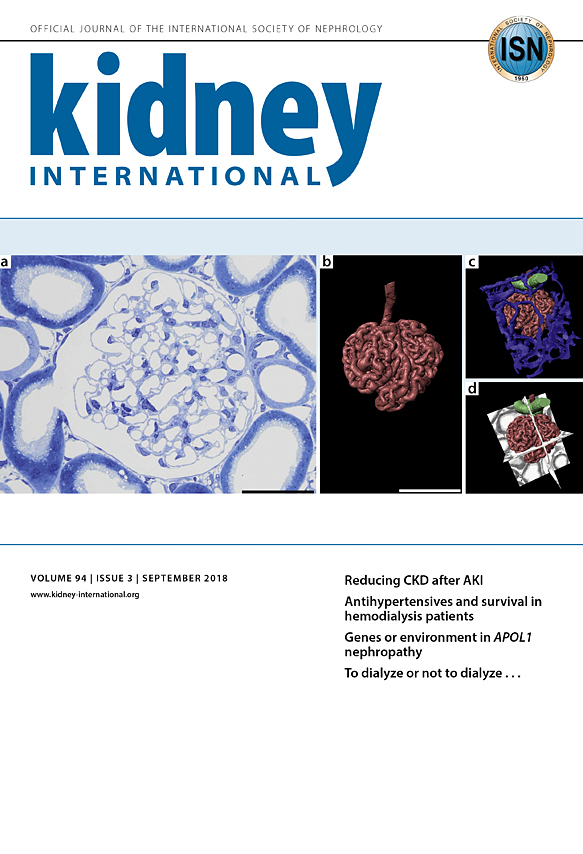Sox11 gene disruption causes congenital anomalies of the kidney and urinary tract (CAKUT).
Kidney Int. 2018 May;93(5):1142-1153. doi: 10.1016/j.kint.2017.11.026. Epub 2018 Feb 17.
Author information
- 1. Université Nice Sophia Antipolis, Inserm, CNRS, iBV, Nice, France.
- 2. Department of Genetics, Center for Molecular Medicine, University Medical Center Utrecht, Utrecht, The Netherlands.
- 3. Department of Human Genetics, Radboud University Medical Center, Nijmegen, The Netherlands.
- 4. Department of Urology, Radboudumc Amalia Children’s Hospital, Radboud University Medical Center, Nijmegen, The Netherlands.
- 5 .Department of Cellular and Molecular Medicine, Cleveland Clinic-Lerner Research Institute, Cleveland, Ohio, USA.
- 6. Division of Pediatric Nephrology, Heidelberg University Center for Pediatrics and Adolescent Medicine, Heidelberg, Germany.
- 7. University of Cologne, Cologne Center for Genomics, Cologne, Germany.
- 8. Lunenfeld-Tanenbaum Research Institute, Mount Sinai Hospital, Toronto, Ontario, Canada.
- 9. Institute of Biochemistry, Friedrich-Alexander University Erlangen-Nürnberg, Germany.
- 10. Université Nice Sophia Antipolis, Inserm, CNRS, iBV, Nice, France. Electronic address: Schedl@unice.fr.
Congenital abnormalities of the kidney and the urinary tract (CAKUT) belong to the most common birth defects in human, but the molecular basis for the majority of CAKUT patients remains unknown. Here we show that the transcription factor SOX11 is a crucial regulator of kidney development. SOX11 is expressed in both mesenchymal and epithelial components of the early kidney anlagen. Deletion of Sox11 in mice causes an extension of the domain expressing Gdnf within rostral regions of the nephrogenic cord and results in duplex kidney formation. On the molecular level SOX11 directly binds and regulates a locus control region of the protocadherin B cluster. At later stages of kidney development, SOX11 becomes restricted to the intermediate segment of the developing nephron where it is required for the elongation of Henle’s loop. Finally, mutation analysis in a cohort of patients suffering from CAKUT identified a series of rare SOX11 variants, one of which interferes with the transactivation capacity of the SOX11 protein. Taken together these data demonstrate a key role for SOX11 in normal kidney development and may suggest that variants in this gene predispose to CAKUT in humans.

